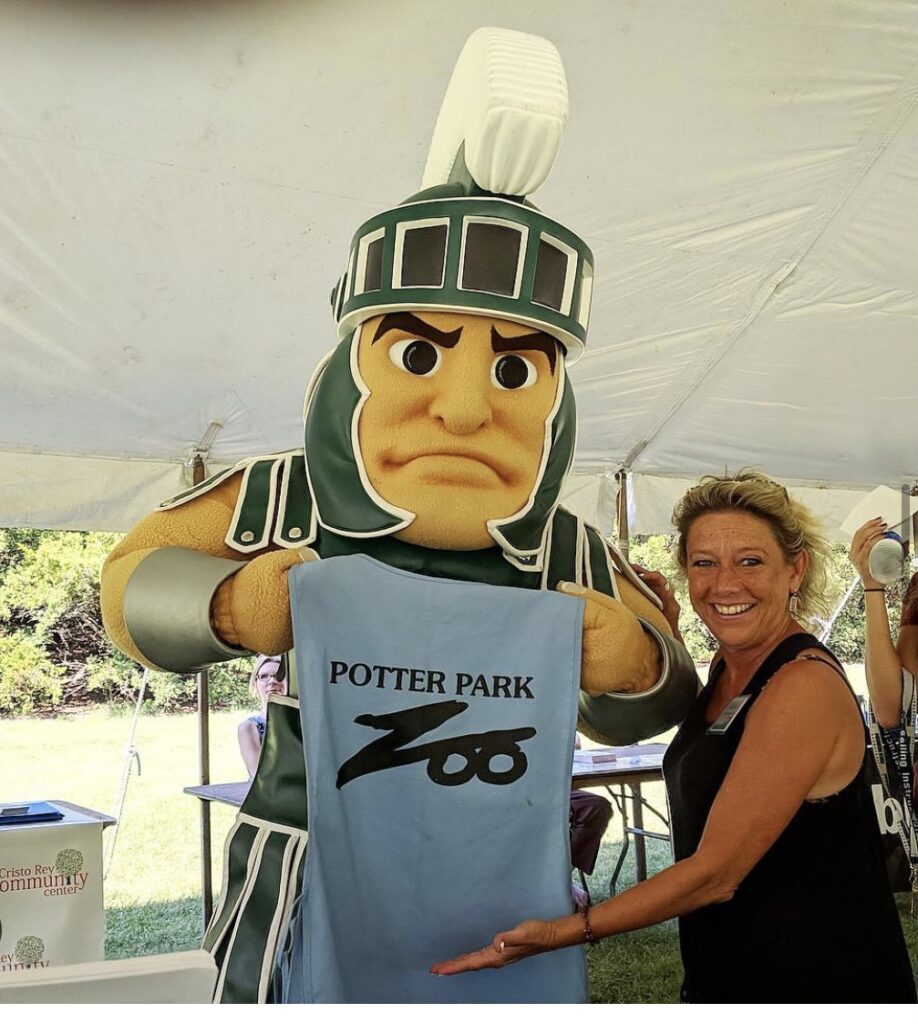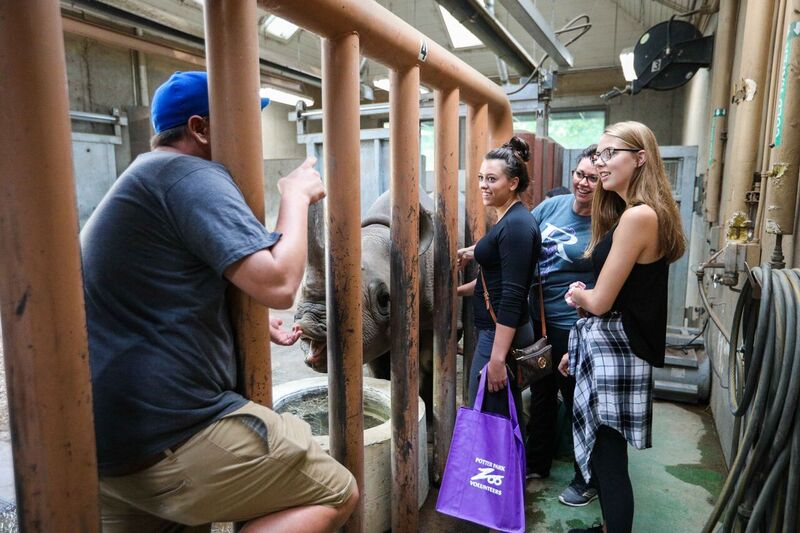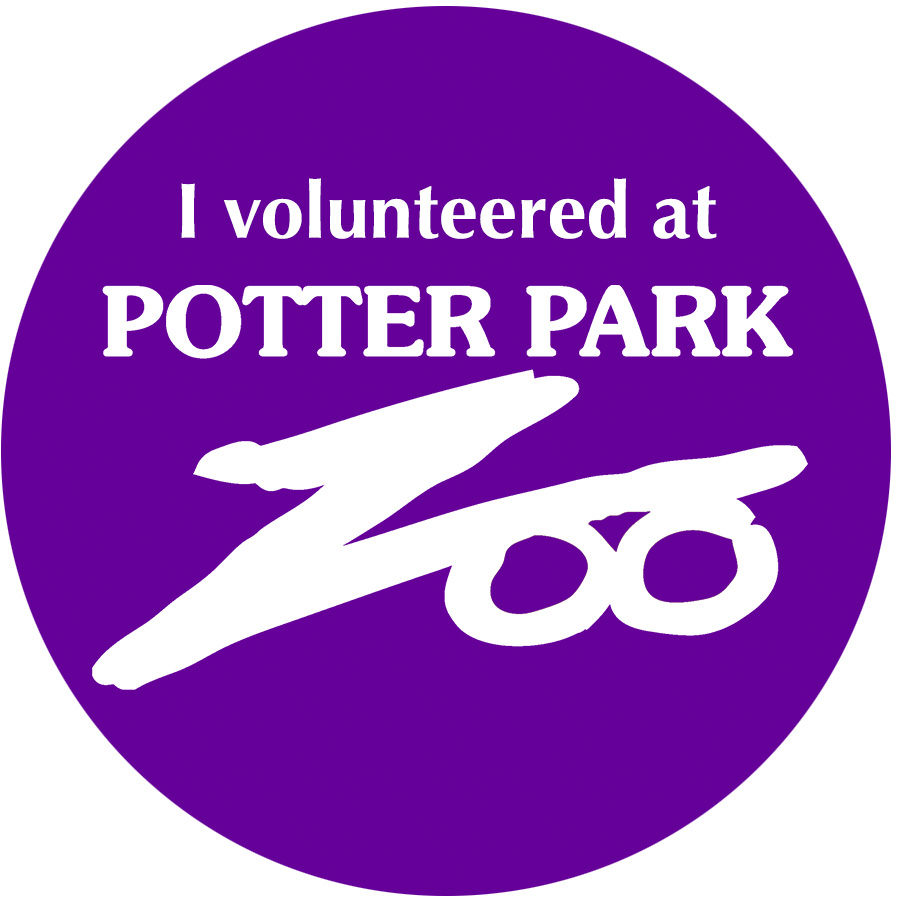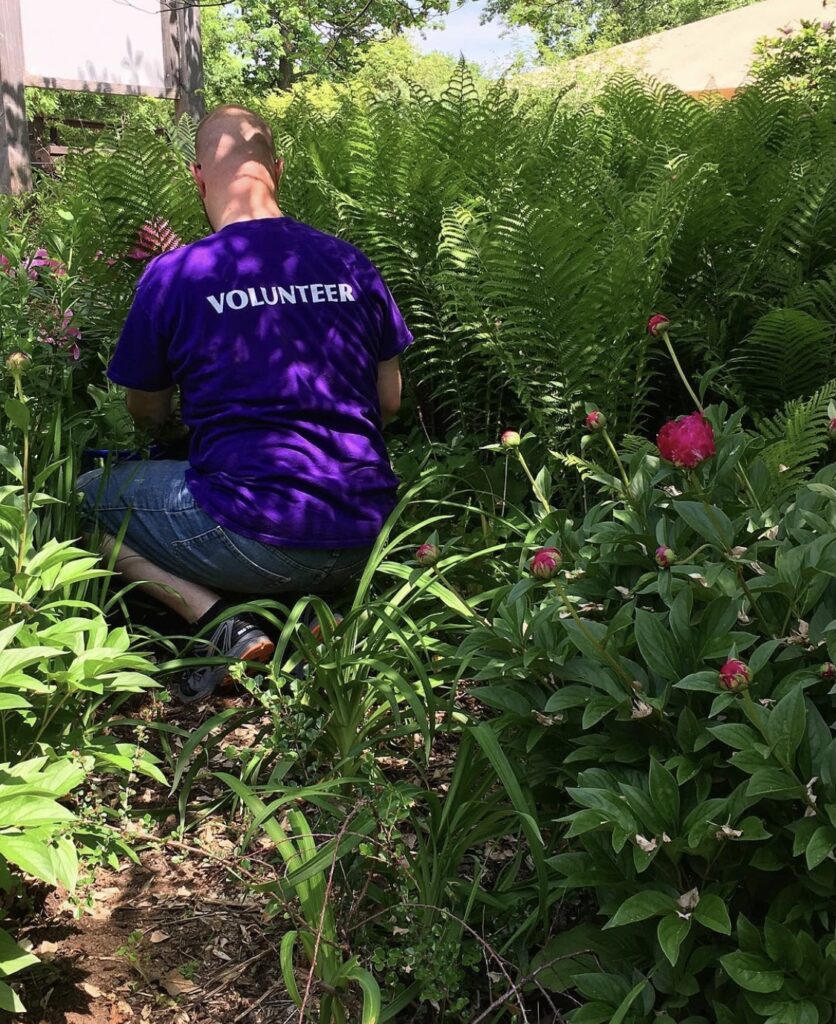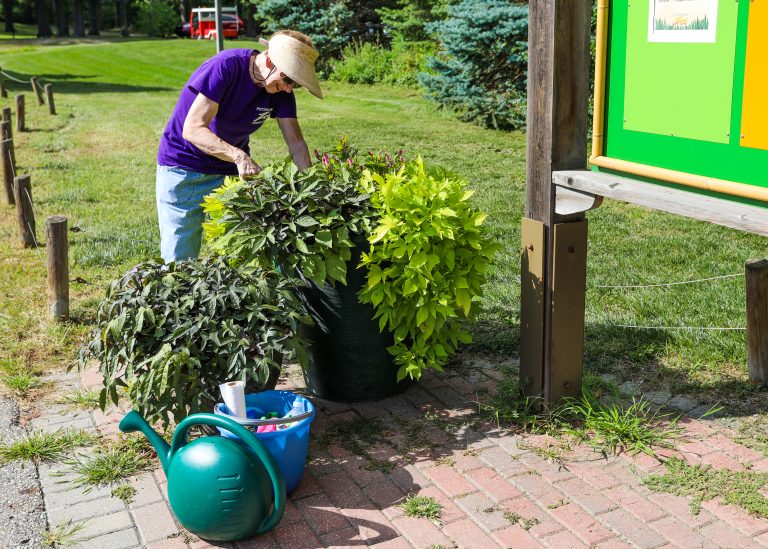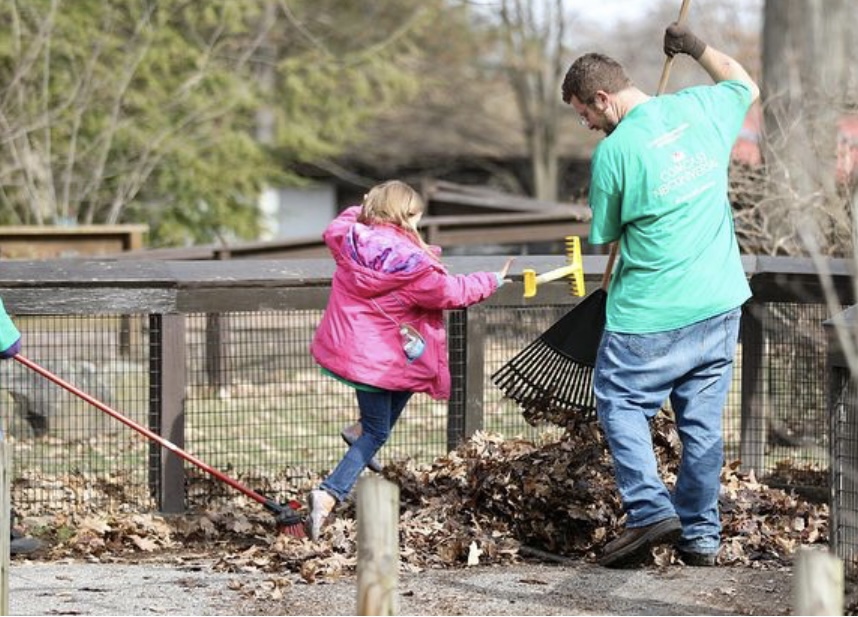
As the Volunteer Coordinator at Potter Park Zoo, my focus for the program was recruitment, retention, and appreciation. These three guiding pillars resulted in the growth of individual and group volunteerism by nearly 60% over a year and a half.
I was driven to redefine the volunteer culture by recognizing and supporting volunteers’ hard work and generosity, identifying each individual as an integral part of the zoo’s overall success.
Volunteer Orientation Presentation & Materials
All new volunteers were asked to complete the zoo’s Individual Volunteer Application. After I reviewed the application and we processed a background check, approved volunteers were invited to attend our Volunteer Orientation.
At orientation, I would introduce volunteers to the zoo, give an overview of how we operate, the types of volunteer roles, and show them how to sign up for opportunities available all year round. We would conclude orientation with a tour of the zoo.
Below are the presentation slides I would go over, as well as the Volunteer Guide.
Presentation_Volunteer-Orientation_UPDATED-1 UPDATED_Volunteer-GuideVolunteer Program Pillars: Growth, Retention, & Appreciation
My overarching mission for the Volunteer Program revolved around growth, retention, and appreciation. When I joined the zoo team, I reached out to our volunteer cohort to gain a better understanding of the things that were working and areas of improvement they would like to see. This feedback was critical in my revamping of the program, and developing these three tenants
1. Growth
To grow the program, I actively attended area recruiting events held by Michigan State University, Lansing Community College, Delta Township Library, and giving me the opportunity to introduce new individuals to the opportunities available at Potter Park Zoo. I built a partnership with MSU’s Center for Service Learning & Civic Engagement (now the Center for Community Engaged Learning) to connect with students on a deeper level, and share the zoo’s mission more broadly.
2. Retention
To retain the existing cohort and incoming volunteers, I relied heavily on volunteer feedback and creating a culture of open communication. After each volunteer event, I would send out a volunteer survey to get an understanding of what was working and what areas needed improvement. These survey responses guided me as I developed more thorough volunteer instructions, created new volunteer opportunities, and enhanced existing programming.
These surveys also helped to identify personal needs of volunteers. While all surveys had the option of being anonymous, many volunteers would share their names and personal requests that would improve their experience. For example, the creation of our volunteer t-shirts came from an individual volunteer who wanted to be recognized while working in the zoo so they could be a better resource for guests. I shared this idea with the volunteer cohort, and the majority of our volunteers agreed that being more easily identified as a volunteer in the zoo through t-shirts would be valuable.
Another volunteer shared that while they appreciated the free meal and snacks we offered during certain volunteer opportunities, that they were vegan and often times had trouble finding options they could eat. This feedback made myself and our Events Team reexamine the options we offered. We actively incorporated gluten free and vegan options into our menu. I immediately sent out a survey to volunteers with the option to identify any dietary preferences, and began including this as something volunteers could denote from Day One.
3. Appreciation
Appreciation was truly the keystone to the program’s success. No matter how many hours a volunteer served, I wanted to make sure they understood the impact of their donated time. To me, donated time was just as critical as donated funds. In monthly newsletters, I openly shared event metrics including guests in attendance, funds raised, and volunteer hours generously given. Additionally, I looked for other ways to express our gratitude, whether it be through free vinyl stickers for all volunteers to take after their shift or through our Volunteer of the Month recognition.
Something I’m incredibly proud of was the creation of our first Volunteer Appreciation Summer Event. In collaboration with the Events Team and Animal Care staff, volunteers were invited to partake in an ice cream social, meet our keepers for behind-the-scenes animal experiences, and were entered into a raffle for prizes donated by the zoo and area partners. The entire zoo staff was also encouraged to attend and share their appreciation for our volunteers and their hard work.
Adopt-A-Garden Program
With such extensive grounds, Potter Park Zoo relies heavily on volunteers to maintain its green spaces. In 2018, I redeveloped the zoo’s Adopt-A-Garden program to make it a sustainable part of the overall Volunteer Program and fill this institutional need. Community members of all skill levels were invited to adopt and beautify one of the numerous gardens within the zoo.
This evolution included the creation of a new program guide, development of promotional materials including blog posts and a brochure, and the installation of signage recognizing each garden’s adopter. We provided gardeners access to simple garden tools, mulch, and leaf bags to make adopting and maintaining their space as accessible as possible.
Ambassador Program
In recognizing the Events Team’s increased need for experienced volunteers, I developed the Zoo Ambassador Program. The program was designed exclusively for volunteers interested in having a deeper level of commitment with the zoo, staff, and guests.
Zoo Ambassadors represented highly motivated, gregarious individuals that enjoyed answering questions, interacting with guests, and have a passion for animals, conversations, and events. With an expanded knowledge of the zoo, Ambassadors were an integral part of the Zoo Team, able to aid in all aspects of events and volunteer opportunities.
I designed an Ambassador Program training, which allowed each member of the Events Team to familiarize Ambassadors with their role at the zoo, and share how Ambassadors could assist them.

Group Volunteers
WLNS staff generously helped with Boo at the Zoo preparations.
In addition to individual volunteers, we frequently welcomed group volunteers to participate in the fun. When working with group volunteers, I made a conscious effort to get to know the group members and understand their reasoning behind volunteering. This relationship building was key in turning one-time volunteer dates into repeat events.
Groups like WLNS, Peckham, Hope Network, Comcast Cares Day, Kohl’s, Emergent BioSolutions, and MSU Student Organizations frequently assisted with our grounds work, event preparations, and day-of event activities. Often times, individuals from these groups would sign-up to become a part of our regular volunteer cohort.
Program Recognition
In 2018, the Volunteer Program was recognized by MSU’s Center for Service Learning & Civic Engagement (now the Center for Community Engaged Learning) as a Champion Community Partner. Honorees were nominated by either an MSU faculty member, staff member, or student. Partnerships must have been sustained beyond one event/activity and a brief description explaining why the partnership was exemplary was provided by the nominator.
Champion honorees and their nominators were celebrated at a pre-game reception held at the Kellogg Center and were invited to attend the MSU vs. Purdue home football game as a thank you.
This recognition by the MSU community demonstrated to me that the work myself and the Events Team had put in to create a sustainable, positive, enjoyable program was truly making a lasting impact.
